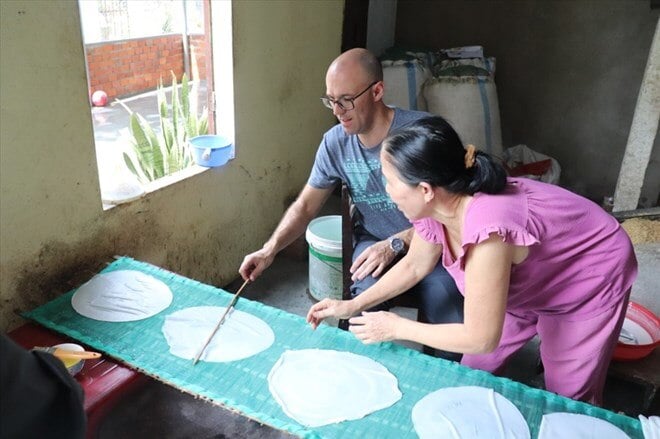
Regarding Hue Ao Dai, the Ministry of Culture, Sports and Tourism has recognized “Knowledge of tailoring and wearing Hue Ao Dai” as a National Intangible Cultural Heritage. Previously, the Department of Culture and Sports of Thua Thien Hue province submitted a proposal to the Ministry of Culture, Sports and Tourism to consider including the heritage “Tailor craft and custom of using Hue Ao Dai”. Now, when recognizing, the Ministry has distinguished in the phrase “Knowledge of tailoring and wearing Hue Ao Dai” as a National Intangible Cultural Heritage.
Similarly, “Cu Lao Cham’s parasol hammock weaving craft”; “ Nam Dinh Pho”; “Quang noodles”… have also been recognized by the Ministry of Culture, Sports and Tourism as national intangible cultural heritages in this period.
With “Hue Ao Dai”, it is understood that the Ministry of Culture, Sports and Tourism has recognized the value of “tailoring knowledge” and “Hue people’s custom of wearing Ao Dai” as Cultural Heritage. With “Pho Nam Dinh” and “Mi Quang”, the Ministry recognized “folk knowledge” about Pho and Mi as intangible culture…
The regulation is very clear, but immediately after its announcement, there were many questions and controversies. Many opinions said that the regulation of the phrase “folk knowledge” for ao dai, pho, noodles… is to narrow the intangible cultural value of these heritages.
“Phi” in the phrase “intangible cultural values” means “nothing”, but it is completely different from the meaning of “nothing” in the words “vo”, “bat”… The word “phi” mainly stands before the noun, meaning “not based on” that object. “Phi” used in the phrase “intangible cultural heritage” is correctly understood as cultural values that do not rely on objects. Cultural values exist behind and are more lasting than the existence of objects.
Therefore, to say that Ao Dai is an Intangible Cultural Heritage is not only “tailoring knowledge” and “the custom of wearing Ao Dai”, but also the traditional profession of growing mulberry, raising silkworms, weaving. It is a custom, a ritual… associated with sewing and wearing Ao Dai. Looking at Ao Dai, one can distinguish which region people come from, Bac Ninh, Hue, or Ninh Thuan… One can distinguish Ao Dai from which historical period. Ao Dai also has its own standards for office workers, for housewives, for worshiping and ceremonial ceremonies, for funerals, for wedding dresses, fashion… All of these values are intangible culture.
The intangible cultural value of Pho Nam Dinh or Mi Quang is not limited to “folk knowledge”. It is not only the knowledge, experience, and understanding accumulated and passed down through many generations in a community… but also the whole cultural region with many broad meanings in terms of space and time of noodles and pho.
Honoring Intangible Cultural Heritage not only recognizes the "folk knowledge" of that object, but also protects the spiritual and aesthetic cultural values hidden behind that cultural life space, promoting the value of intangible cultural heritage.
It is also necessary to protect the “cultural space” in the World Intangible Cultural Heritage “Cultural Space of Gong in the Central Highlands” – not just the “folk knowledge” about gongs in the Central Highlands.




















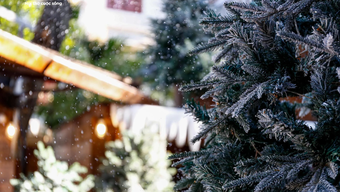
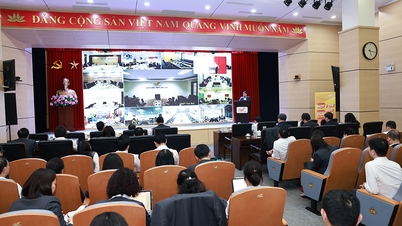
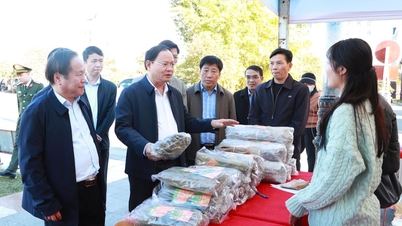


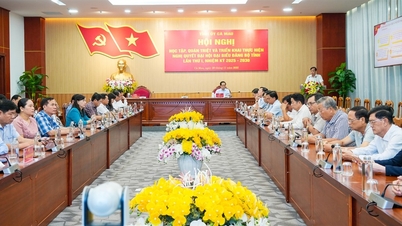
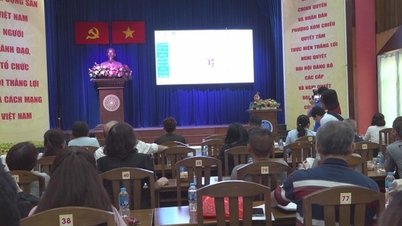





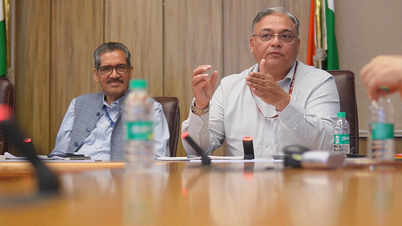

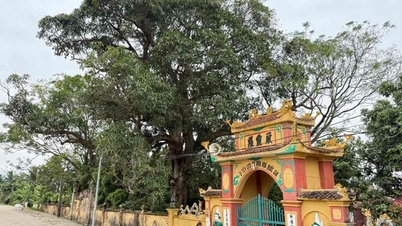


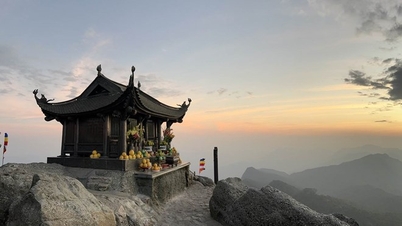


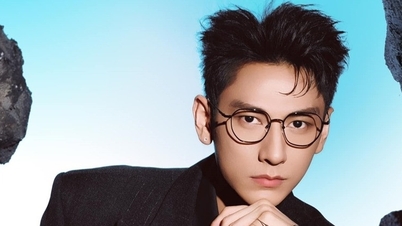










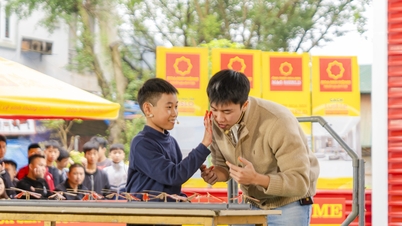




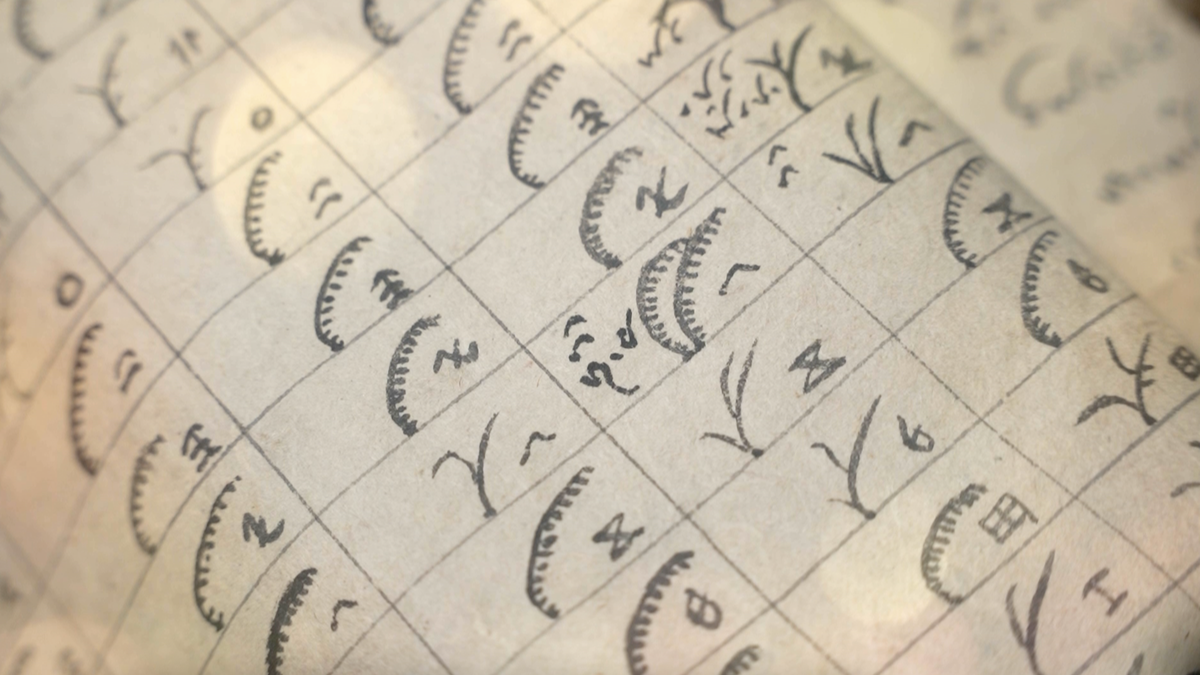




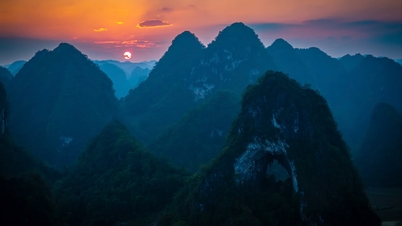

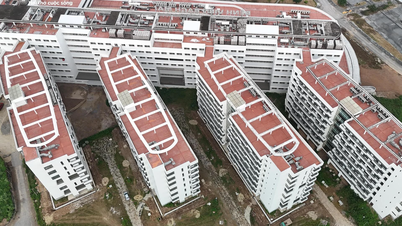


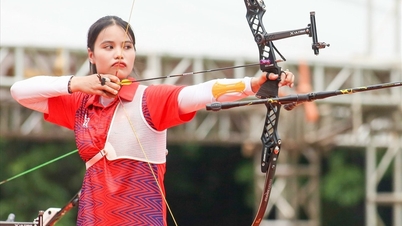
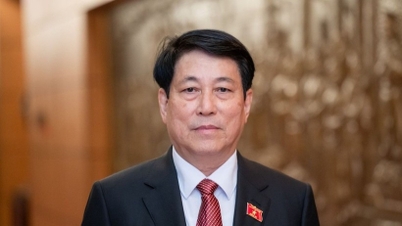
































Comment (0)